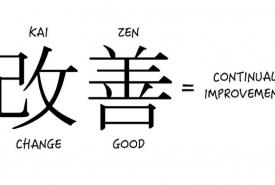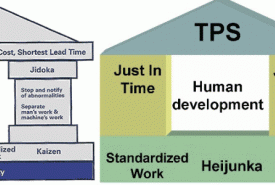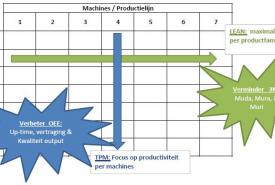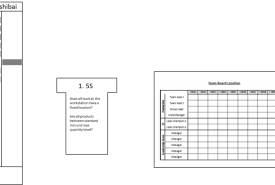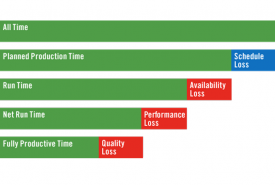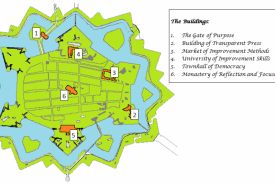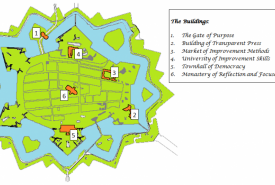Daily Management Boards
Team boards are used for communication within shifts, between shifts and between different departments. By visualizing important events of every shift on the team board, the information flow is visualized which prevents people from forgetting to share information with their peers (Suzaki, 1993). A Team boards should include the following three parts: people, performance & continuous improvement and an example is shown in illustration 1.
The three sections of the team board form the agenda of the meeting; you simply address all parts of the team board from left to right and from top to bottom. The goal should be to have the meeting within 15 minutes when it is a daily meeting, maybe half an hour when it is a weekly meeting.

